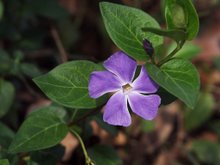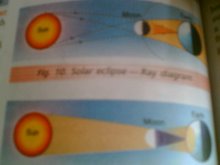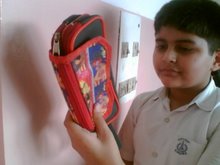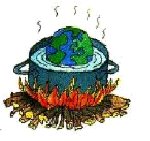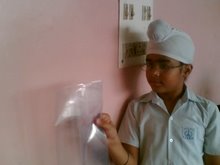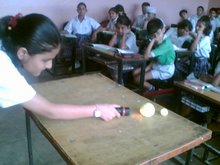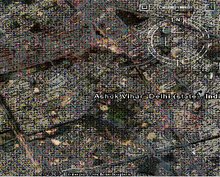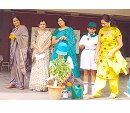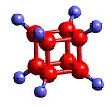
Due to the problems associated with the use of fossil fuels, alternative sources of energy have become important and relevant in today’s world. These sources, such as the sun and wind, can never be exhausted and are therefore called renewable. Also known as non-conventional sources of energy, they cause less emission and are available locally. Their use can significantly reduce chemical, radioactive, and thermal pollution. They are viable sources of clean and limitless energy. Most of the renewable sources of energy are fairly non-polluting and considered clean. However, biomass is a major polluter indoors.
Renewable energy sources include the sun, wind, water, agricultural residue, fuelwood, and animal dung. Fossil fuels are non-renewable sources. Energy generated from the sun is known as solar energy. Hydel is the energy derived from water. Biomass – firewood, animal dung, and biodegradable waste from cities and crop residues – is a source of energy when it is burnt. Geothermal energy is derived from hot dry rocks, magma, hot water springs, natural geysers, etc. Ocean thermal is energy derived from waves and also from tidal waves.
Through the method of co-generation a cleaner and less polluting form of energy is being generated. Fuel cells are also being used as cleaner energy source. In India a number of initiatives have been taken. A good example is the model village of Ralegaon Siddhi.
Ralegaon Siddhi, a success story –
In 1975, when Anna Hazare, a retired army man, went back to his village in Ahmednagar district, Maharashtra, he found the village reeling under drought, poverty, debt, and unemployment. He decided to mobilize the people and, with the collective support of all the villagers, he began to introduce changes.
Today Ralegaon Siddhi is being taken as a role model for other villages by the Maharashtra government and by other states too. Massive tree plantation has been undertaken, and hills have been terraced to check erosion. Large canals with ridges on either side have been dug to retain rainwater. As a result, the water table in this area is now considerably higher and the wells and tube wells are never dry, making it possible to raise three crops a year where only one was possible before.
The village's biggest achievement is undoubtedly in the area of non-conventional energy. All the streets in the village are lit by solar lights, each with a separate panel. There are four large community biogas plants and one of them is fitted to the community toilet. There is a large windmill used for pumping water. A number of households have their own biogas plants. The village is self sufficient .
























